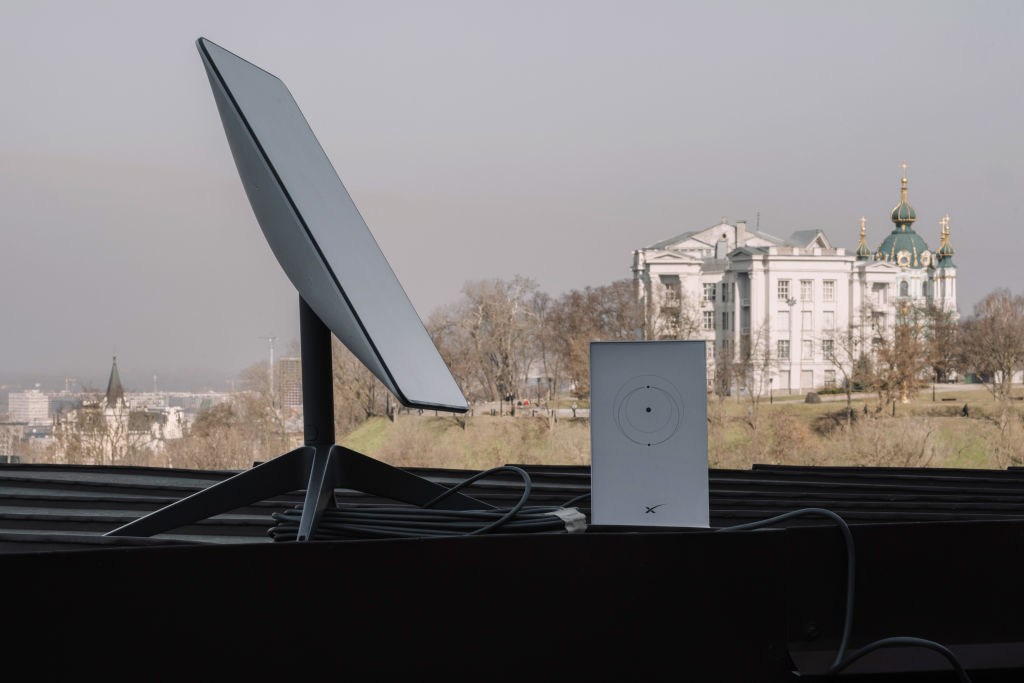
Astronomers have long encountered the challenge of satellite interference in their observations of the cosmos. The emergence of SpaceX’s Starlink network not only disrupts visible light imaging but also affects radio astronomy. Recent research involving over 76 million satellite images has shown that these satellites interfere significantly with radio observations, even in frequency ranges they’re prohibited from transmitting.
For instance, a study performed by Curtin University highlighted how some Starlink satellites were detected emitting signals in frequencies meant for radio astronomy, leading to unexpected disturbances in data. In some datasets, up to 30% of images displayed interference due to Starlink.
Professor Steven Tingay, a co-author of the research, emphasized that Starlink is operating within the regulations—it’s the unintended emissions that pose challenges. As technologies evolve, regulatory adjustments may be required to mitigate these interferences, which could hinder astronomical discoveries.
“Current regulations primarily address intentional transmissions, leaving a gap for unintentional emissions, which this study aims to illuminate.” - Dylan Grigg
While this issue isn’t exclusive to Starlink, the scale at which SpaceX is launching its satellites presents unique challenges for radio astronomers.
